Creating high-quality content and disseminating it has become a prerequisite for the success of any business. However, scaling this production process to reach new heights can often take time and effort. Are you also struggling with these challenges? Well, fear not! Imagine leveraging the power of artificial intelligence (AI) to unlock the full potential of your content marketing efforts through tailor-made strategies. Intriguing, right? In this article, we will journey through content scaling – underpinned by AI technology – and explore its manifold benefits, best practices, and proven techniques to expand your reach like never before.
What is Content Scaling?
Content scaling refers to ramping up your content production while maintaining quality and consistency across different channels. This escalation strategy enables businesses to increase their reach among diverse audiences while reinforcing their brand presence. The ultimate goal is to achieve growth in web traffic, engagement levels, lead generation, and other key performance indicators (KPIs).
What is content scalability?
One must focus on ‘content scalability’ for a practical approach toward content scaling.’ Derived from the term ‘scale-up,’ this concept revolves around efficiently increasing volume and impact without compromising resource constraints or diminishing returns on investment (ROI). Scalable content seamlessly supports various distribution channels by being adaptable and catering to shifting consumer preferences. By cultivating practices that enhance content adaptability and maximize ROI at each growth stage, your campaigns can achieve great triumphs along the road to sustained expansion.
Benefits of Content Scaling
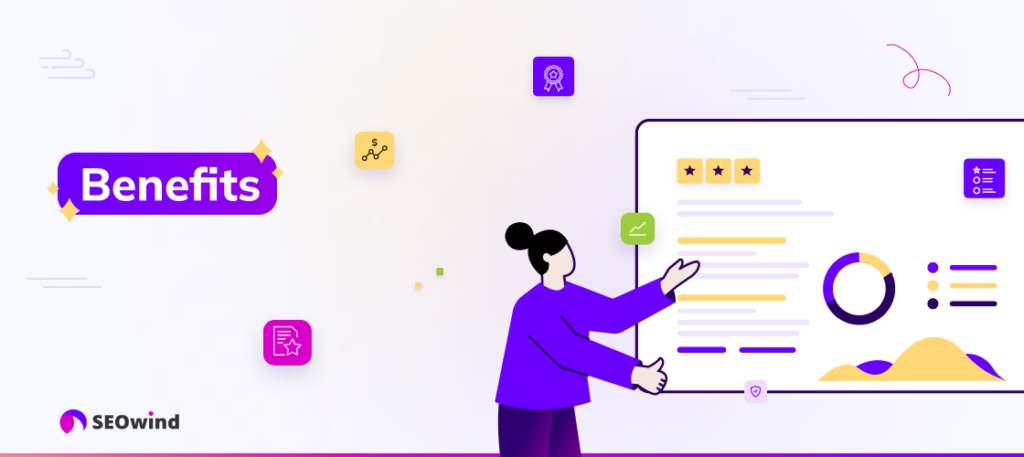
Creating content at scale provides numerous benefits to businesses and marketers, allowing them to optimize their strategies, expand their reach, and foster growth. Effective content creation can lead to increased visibility, greater reach, enhanced authority within the industry, improved SEO rankings, and boosted audience engagement.
Increased Visibility
Scaling content helps increase a brand’s visibility in the digital landscape. By consistently producing valuable and relevant content across various channels and platforms, you can enhance your brand presence while capturing the attention of potential customers. This exposure increases the likelihood of gaining new leads, converting visitors into loyal customers, and ultimately driving business growth.
Greater Reach
A well-executed content scaling strategy enables your content to reach wider audiences than ever before. Through targeted distribution efforts such as social media marketing or organic search optimization, scaled content has a higher chance of getting diverse segments of your target market:
- Social media platforms: Spread your message and connect with specific user demographics by leveraging popular platforms like Facebook, Instagram, Twitter, and LinkedIn, among others.
- Blogging sites: Guest posting on authoritative blogs allows for reaching untapped prospects interested in similar niche areas.
Topical Authority
High-quality content is essential in positioning a brand as an industry expert. With thoughtfully planned scalable content production processes, brands can demonstrate unmatched expertise that instills consumer trust. Well-researched articles using credible sources build authority while addressing customer pain points effectively and evoke empathic resonance—ultimately fostering loyalty over time.
Improved SEO
Scaling informative quality-driven pieces improves Search Engine Optimization (SEO) ranking factors. Google’s algorithms primarily rely on well-crafted keyword-rich narratives aimed at genuinely answering queries entered by everyday users. It’s true—content remains king! By incorporating appropriate keywords (such as “content aware scaling” or “how to scale content marketing”) while avoiding keyword stuffing, you’re supporting SEO efforts while bolstering a brand’s rank.
Increased Engagement
Lastly, engaging content remains critical in securing user interaction. Whether site visits, likes/comments/shares within social media channels, or newsletter sign-ups—top-tier reader experiences positively impact conversion rates from click-onto-call-to-action (CTA), as well-known top-of-the-funnel engagement moves into the final purchasing decision. Implementing scalable content creation methods maximizes opportunities for personalized two-way communication, increasing overall engagement metrics.
AI Content Scaling with Cyborg Method – 5 Simple Steps
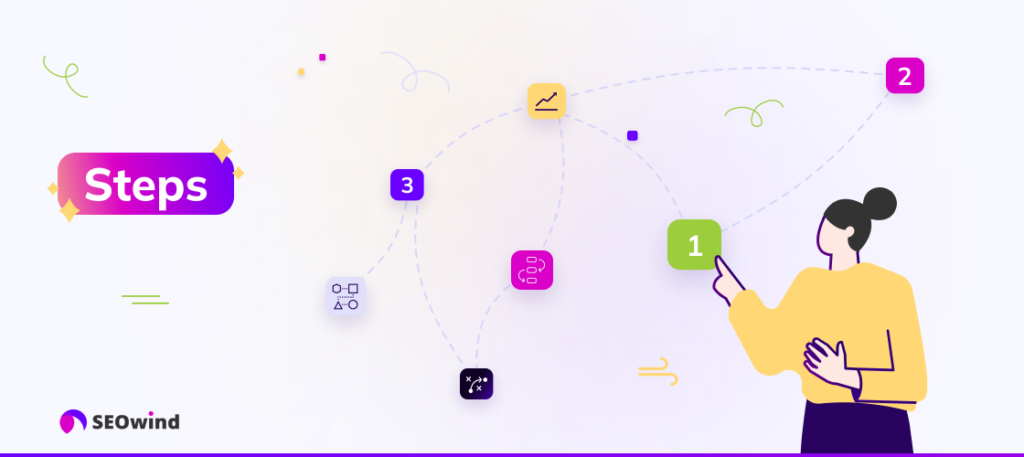
Artificial intelligence is revolutionizing the way we scale content. The Cyborg Method, a powerful combination of machine learning and human expertise, can help you streamline your content creation process and unlock new levels of growth.
Here are five simple steps to successfully implement the Cyborg Method into your content scaling efforts:
Step 1: Conduct content research [AI]
Leverage AI-powered tools to conduct in-depth content research on your target topics. These intelligent applications can analyze data from various sources and provide valuable insights into the following:
- Trending Keywords
- Relevant topics and subtopics
- Competitor content analysis
- Popular formats and platforms for reaching your audience
By integrating AI-driven keyword research techniques into your process, you can efficiently discover opportunities that resonate with your audience and amplify the impact of your scalable content.
Content research at SEOwind
Content research at SEOwind involves analyzing the most relevant and high-performing content. We collect data in one place so that you can great quality content. At SEOwind we analys:
- top SERPs and their meta data,
- keywords they rank for and we cluster them for easier use in writing process,
- questions to answer from Google, Quora and Reddit,
- competitor outlines to make you create the best content.
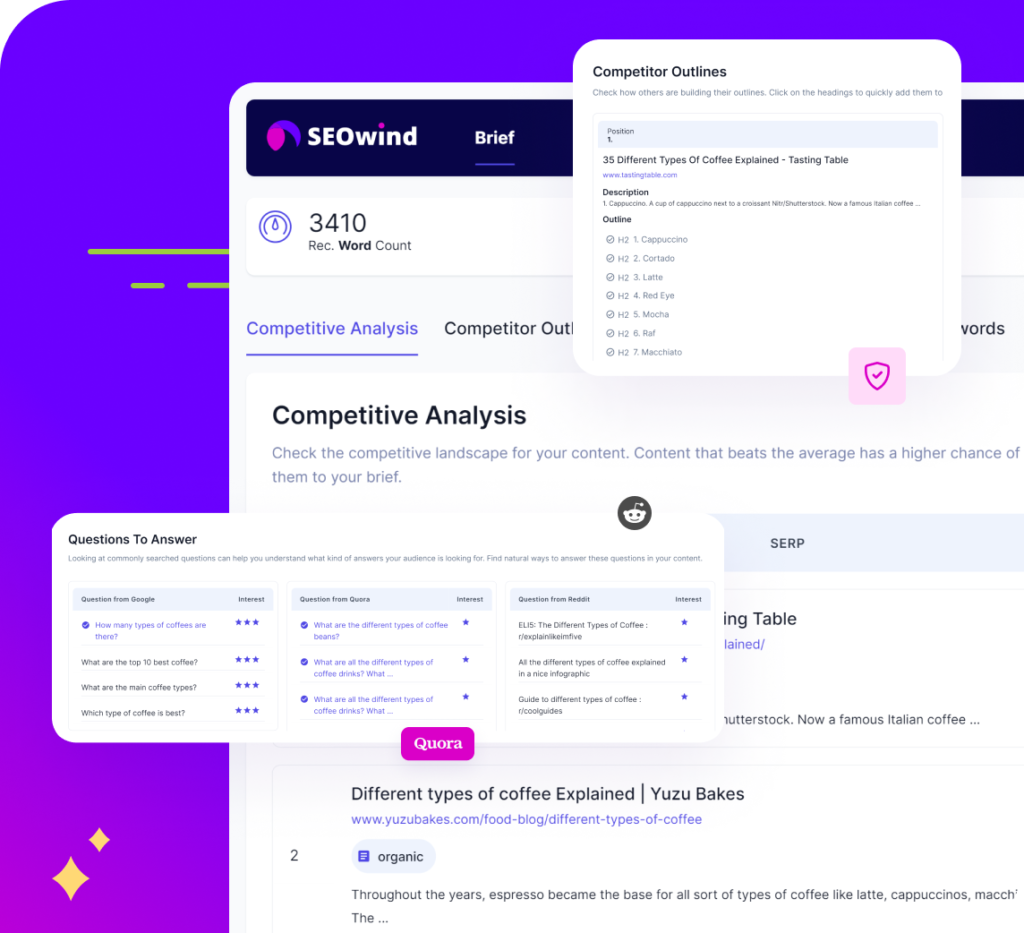
Step 2: Write content outline [AI]
Using the insights from AI-driven research, employ automated writing assistants to generate comprehensive outlines for your long-form blog posts. Since these tools utilize natural language processing (NLP) algorithms, they can quickly produce logical frameworks covering essential points relevant to your target topic. Furthermore, incorporating outlined format allows for a structured approach to writing content, organizing thoughts cohesively while focusing on key areas throughout the article.
Creating content outline at SEOwind
Based on SEO and SERP data, we generate the most comprehensive outline for you. You can fully rely on it or adjust it the way you want.
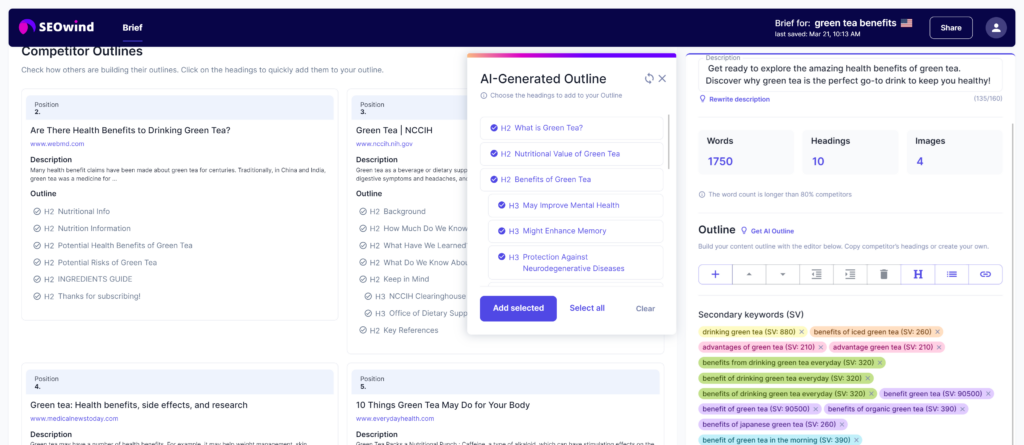
Step 3: Write long-form blog post [AI]
Once you have a solid outline, use advanced AI writing tools to draft well-rounded articles that effectively and engagingly communicate complex ideas. Harnessing state-of-the-art language models such as ChatGPT enables these tools to produce high-quality text at unprecedented speeds — significantly accelerating the pace of scalable content production.
While this step primarily depends on artificial intelligence capabilities, it is crucial to remember that human input remains vital in guiding machines toward generating contextually accurate information explicitly catered to intended audiences.
Step 4: Review, edit & optimize [Human and AI]
Before publishing any piece generated through AI assistance, carefully review its content for logic, coherence, and accuracy. While AI-powered tools can produce impressive results, human expertise remains essential to identify potential inconsistencies or errors that may affect the overall quality of the output.
Additionally, use this stage to optimize the article further by incorporating keywords relevant to scaling and increasing visibility on popular search engines through informed SEO practices.
Step 5: Publish [Human]
Once you have thoroughly reviewed and optimized your AI-generated long-form blog post, publish it across your chosen platforms. Remember that every platform has its unique requirements. Therefore, make adjustments to your blog content to ensure optimal engagement and increase reach among targeted audiences.
The Cyborg Method offers a powerful symbiosis between AI capabilities and human expertise. By closely following these five simple steps — conducting research, developing outlines, drafting content using AI-driven tools, reviewing/editing/optimizing manually, then ultimately publishing material for the public — you can unlock tremendous growth while simplifying your content scaling strategy like never before.
Processes to Scale Content Effectively

Develop a Content Strategy
To scale content creation effectively, you need a well-defined content marketing strategy. This will be a roadmap for creating relevant, compelling, and engaging content that meets your audience’s needs. A strong content strategy will help you streamline your efforts by aligning them with your business goals and priorities. Consider factors such as target audience, competitor analysis, keyword research, distribution channels, and performance metrics when developing your strategy.
Create a Content Calendar
An integral part of scaling your content is staying organized by creating a content calendar. This tool allows you to manage deadlines, keep track of multiple projects simultaneously, and maintain consistency in publishing frequency. With a clear overview of upcoming posts or topics planned weeks – even months – in advance, you’ll enjoy a steady stream of fresh ideas to ensure your content remains current and relevant.
Set Clear Goals and Objectives
You must set specific goals and objectives before diving into content production. Establishing measurable targets helps you assess performance and adjust accordingly to maximize effectiveness as time goes on. Whether you aim for higher engagement rates on social media or increased traffic from organic search results like those produced by Google’s algorithms, ensure each goal aligns ideally with overall brand growth objectives.
To accomplish this:
- Identify key performance indicators (e.g., page views, social shares).
- Set SMART goals (Specific, Measurable, Achievable, Relevant, Time-bound).
Think Over What to Outsource
Content scaling can be resource-intensive due to the demand for consistent quality outputs to reach a wider audience or demographic segment. In response to this challenge, consider outsourcing content tasks, including writing services or content optimization.
Recycle and Repurpose Content
Instead of reinventing the wheel with each piece of content, do the content audit and focus on identifying reusable assets that cater to different audience segments. For example:
- Revise a popular blog post for varying industries/specialties.
- Create a video based on an existing article or produce an infographic highlighting critical points.
By reformatting and repurposing content, you can save time while increasing visibility among various demographics attracted through diverse distribution mediums supported by frequently changing technology capabilities accessible globally.
Optimize Workflows and Distribution
As the volume of content increases, streamlining workflows across teams and departments facilitates smoother collaboration, prompt identification of bottlenecks, and reallocation of resources as needed. Leveraging automation tools and data analytics to monitor performance can offer valuable insights into content creation, deployment and distribution.
Tools to Help with Content Scaling
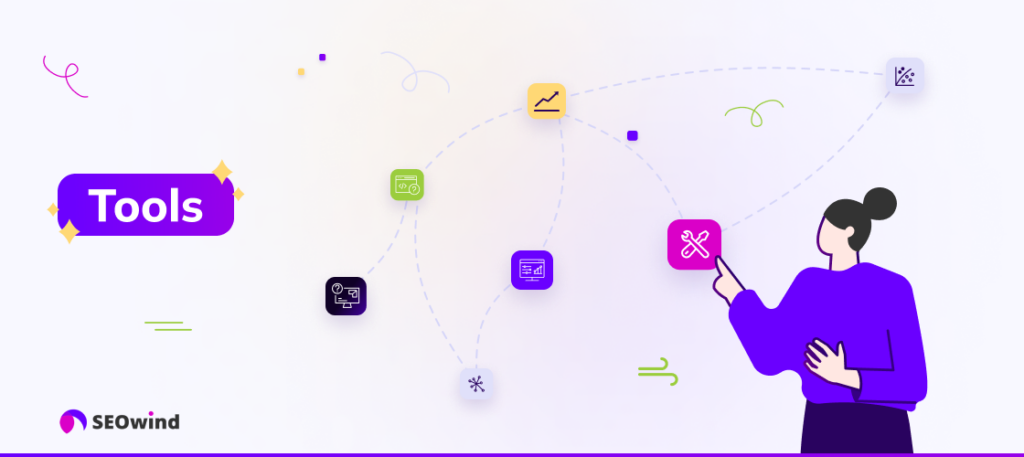
To efficiently scale your content marketing efforts, it’s essential to have access to the right tools. You can organize, streamline, and optimize various stages of your content marketing process by leveraging specific software and platforms. Here are some critical tools that will help with content scaling:
AI Writing Tools
Utilizing Artificial Intelligence (AI) writing tools for content production can remarkably impact scalability. These advanced technologies allow marketers to quickly generate well-structured articles by providing essential details or desired subjects. Some popular AI writing tools include:
However, even though these AI-driven creation methods offer convenience and efficiency, human proofreading is still necessary to ensure quality control and adherence to brand guidelines.
???? More Resources on AI Writing Tools: AI Content Writing Tools – The Best of 2023
Leverage Templates
One of the keys to successful content scaling is consistency. Utilizing templates allows your marketing team to produce high-quality content more rapidly while maintaining coherence across all material.
Use Content Briefs
A content brief provides detailed instructions for content writers, regarding topic focus points and target audiences. Implementing standardized content brief templates ensures consistent alignment between the intended message and final output while minimizing edits during review processes.
???? More Resources on Content Briefs: Everything you need to know about SEO Content Brief – Ultimate Guide
Brand Guidelines
Creating writing guidelines is a critical step toward developing uniformity throughout all produced material—outlining essential components such as tone of voice, style preferences, vocabulary usage restrictions, or requirements alongside any additional company-specific guidance helps maintain consistency in formatting and branding across scaled content initiatives.
Content Management Systems (CMS)
Implementing a robust Content Management System (CMS), such as WordPress or Joomla!, significantly enhances the capacity for efficient organization within wide-scale marketing campaigns. These platforms simultaneously facilitate storage and editing capabilities from multiple users and scheduling options alongside general management functionalities streamline operations in creating substantial volumes of digital assets.
Project Management Tools
Coordination becomes increasingly crucial as the volume of production increases. Utilize real-time project management tools such as Asana, Trello, or Monday.com to allocate tasks and monitor progress across multiple content projects, facilitating collaboration across content marketing team while keeping everyone aligned towards shared goals.
Social Media Management Platforms
Scaling your content distribution efforts is paramount for brand development and audience expansion. Using social media management platforms like Hootsuite, Buffer, or Sprout Social helps streamline scheduling post deployments onto various channels efficiently alongside tracking performance analytics that offers insight on potential opportunities for growth strategy adjustments.
Combining these pioneering tools and techniques mentioned above significantly improves production efficiency throughout a scalable content marketing operation.
Best Practices for Creating Content at Scale
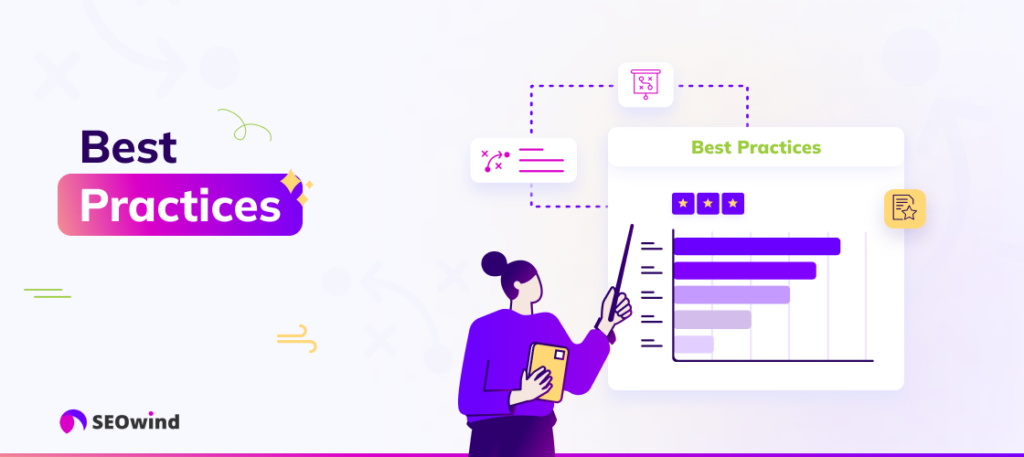
Implementing content scaling is essential in growing your business. Still, it’s important to remember that best practices go hand in hand with successful execution. This section discusses some of the most crucial aspects of maintaining an effective and reliable content scaling strategy.
Create Quality Content
Quality is a key factor in building trust and authority with your audience. As you scale your content efforts, don’t sacrifice quality for quantity; ensure that the information you publish is valuable, accurate, and engaging. Here are a few tips for creating high-quality content:
- Research: Conduct thorough research on relevant topics, including competitor analysis.
- Target Audience: Tailor content by understanding the needs and preferences of your target audience.
- Voice & Tone: Maintain consistent brand voice and tone throughout your content.
- Relevance: Provide up-to-date information that addresses current issues or concerns.
- Readability: Use clear and concise language and proper formatting to enhance readability.
Focus on User Experience
User experience (UX) should be at the forefront when scaling content production. Ensuring a positive UX can increase your business’s engagement, loyalty, and conversions. Some pointers for optimizing UX include:
- Navigation: Ensure users can easily find the information they want on your website or platform.
- Mobile-Friendly Design: Ensure compatibility across devices (smartphones, tablets) as mobile traffic multiplies.
- Accessibility: Cater to all types of users by adhering to web accessibility guidelines concerning visuals, text size, color contrasts, etc.
- Page Load Time: Optimize page load time by compressing images and using caching techniques—slow-loading pages negatively impact user experience.
Stay Up to Date with Trends & Algorithms
Staying informed about industry trends and search engine algorithm changes is vital in maximizing the efficiency of your scaled-up content efforts. Regularly consume content from authoritative sources within your niche to identify patterns, shifts in consumer behavior, and emerging topics that can inform your strategy.
Staying on top of search engine updates is also crucial since algorithm changes can directly affect the visibility of your published content. Familiarize yourself with best practices in SEO optimization by following trustworthy blogs, webinars, or podcasts in the field to maintain (or improve) rankings despite algorithm shifts.
Focusing on quality content, user experience, and staying informed of trends and algorithms will support an effective content scaling strategy. Remember that success depends not only on the volume of content you produce but also on its relevance and impact on your audience.
Challenges of Content Scaling

As with any ambitious endeavor, scaling your content production efforts comes with challenges that can sometimes hinder growth. Two significant concerns when scaling content production, are maintaining quality control and staying organized to keep on schedule:
Maintaining Quality Control
One of the most significant challenges in content scaling is ensuring all materials produced adhere to a high-quality standard, thus avoiding a diluted brand reputation or loss of authority among your audience. To maintain consistent quality when producing large volumes of content, consider implementing the following tips:
- Set clear guidelines: Establish a style guide outlining your brand’s tone and voice, including examples for different types of content (e.g., blog posts and social media updates) so that writers have a reference point for consistent quality.
- Prioritize editing and proofing: No matter how skilled or experienced a writer is, mistakes happen. Invest time in refining each piece through thorough editing and proofreading sessions.
- Develop an approval process: Create a review system where multiple team members evaluate each piece before it gets published, helping spot errors or inconsistencies that may have slipped through the cracks.
Staying Organized & On Schedule
Efficiently managing timelines and keeping content projects on the right track is another challenge faced during scaling. To ensure you remain focused while juggling various tasks simultaneously, try these strategies:
- Use project management tools: Utilize platforms like Trello or Asana to centralize information, assign tasks, and set individual content or campaign deadlines.
- Implement a content calendar: Keep an up-to-date calendar detailing publication dates for all upcoming posts to visualize your workflow better and avoid bottlenecks that could slow down production.
- Batch task execution: Group similar activities together (e.g., writing or image sourcing), maximizing productivity by eliminating constant switching between disparate jobs.
- Set realistic goals: When building your scaled strategy roadmap, recognize the difference between ambitious and unrealistic objectives. Be mindful of your team’s capacity to avoid burnout or rushed content production.
By acknowledging these challenges and taking proactive steps to address them early on, you can better navigate common obstacles that may arise as you scale your content initiatives, ensuring ongoing success in attracting and engaging your audience.
How to Overcome Challenges of Content Scaling?
Scaling content marketing can bring significant benefits, such as increased visibility, reach, and authority. However, overcoming the challenges of scaling your content production efforts is crucial. The two main hurdles in this process are maintaining quality control and staying organized while meeting the demands of a growing content marketing strategy.
Create a Systematic Process
Establishing a systematic process for creating, editing, and publishing content is critical for overcoming these challenges. Consider implementing the following steps:
- Content ideation: Develop a repository of ideas that cater to different audience segments and follow industry trends.
- Content creation: Write consistently high-quality pieces using your authoritative voice.
- Internal peer review: Have colleagues check the content for readability, grammar, structure, and relevance.
- Optimization: Prioritize search engine optimization (SEO) by focusing on keyword use and structure.
- Approval: Establish an approval system where key stakeholders can sign off on final drafts before publishing.
- Publishing & distribution: Utilize social media management platforms to schedule and track your published pieces.
These steps help ensure consistency across all aspects of your content scaling efforts while maintaining organization within your content team.
Invest in Automation & Tools
Investing in automation tools and software will streamline your approach to scaling content production without sacrificing quality or timeliness. Leveraging AI-powered solutions can increase efficiency across various stages of the process:
- AI-driven research tools can automatically identify trending topics within your niche, reducing time spent on manual topic discovery.
- AI writing assistants like OpenAi or SEOwind make it easy to create long-form blog posts that concisely cover complex subjects while maintaining a conversational tone.
- Content Management Systems (CMS) simplify organizing and storing content pieces while offering revision history and collaboration options.
- Project management tools like Trello or Asana help your team stay organized by creating detailed timelines, assigning tasks, and monitoring progress.
Utilizing the power of artificial intelligence tools in conjunction with proper management aids allows you to scale your content strategy efficiently. Pairing these practices with a systematic approach to content production will allow you to overcome the challenges associated with maintaining quality control and organization during growth periods. This combination can ultimately unlock significant business growth through strategic content scaling efforts.
Tips for Effective Content Production at Scale
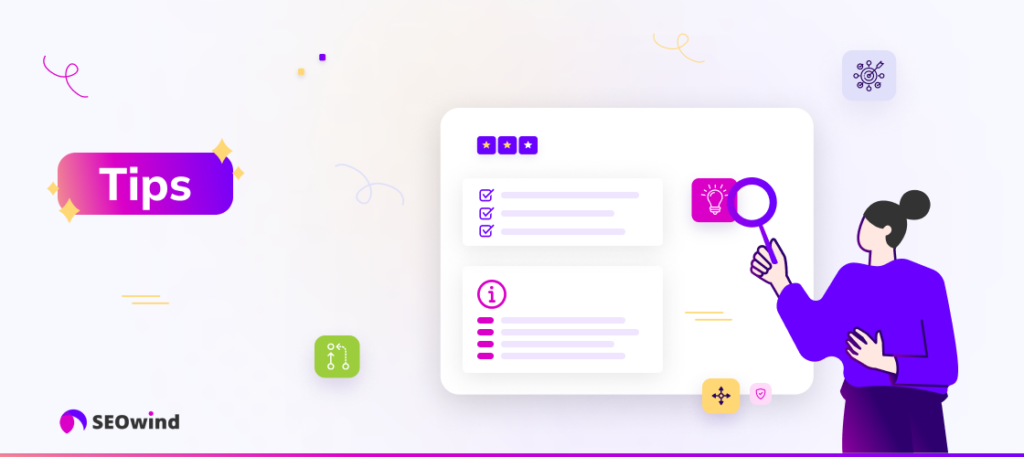
In this section, we’ll explore practical tips to help you scale your content effectively. By incorporating user-generated content and optimizing your content for multiple devices and platforms, you can streamline your content scaling efforts and reach a broader audience.
Leverage User Generated Content
User-generated content (UGC) is an excellent way for businesses to enhance their content scalability while cultivating trust and engagement with their audience. UGC includes any form of content users, or customers create, such as reviews, testimonials, social media posts, photos, or videos. Here are some strategies to capitalize on UGC in your content scaling:
- Encourage product reviews: Reach out to satisfied customers through email or social media campaigns asking them to share their positive experiences.
- Host contests or giveaways: Encourage participation by offering valuable incentives like discounts or free products in exchange for user-generated submissions.
- Social media community building: Foster a sense of community around your brand by engaging with followers on various social platforms and encouraging them to share stories, photos, and videos related to your offerings.
- Collaborate with influencers: Partnering with relevant influencers extends the reach of your branded messages and generates valuable user-generated content.
- Create shared hashtag campaigns: Encourage users to generate content under specific branded hashtags, which can be curated, repurposed, or featured in future marketing materials.
Leveraging user-generated content provides numerous advantages: it reduces the burden on internal resources dedicated solely to producing original material; it enhances the credibility of your brand by showcasing authentic customer experiences; and, ultimately, it amplifies engagement rates across diverse digital channels.
Optimize for Multiple Devices & Platforms
People consume information through various mediums like smartphones, tablets, laptops, or desktops interchangeably throughout the day. Ensure your content is optimized for proper consumption across multiple devices and platforms. To ensure your content scaling efforts are successful, consider the following tips:
- Responsive Design: Implement a responsive website design to ensure that your content renders optimally on varying screen sizes, optimizing user experience regardless of the device being used.
- Mobile-First Approach: Given the prevalence of mobile internet access today, prioritize creating a seamless mobile browsing experience for users while delivering an immersive desktop-focused interface.
- Optimize Content Length & Format: Ensure readability across devices by keeping sentences short, using subheadings or bullet points for easy scanning, and incorporating visual elements like images or videos where appropriate.
- Cross-Browser Compatibility: Confirm that your webpage looks consistent when accessed through different browsers such as Google Chrome, Mozilla Firefox, Safari, or Microsoft Edge to avoid alienating any portion of your audience.
- Loading Speed Optimization: Compressed images, minified script files, and caching mechanisms should be implemented to minimize load times, ensuring users don’t abandon their visits due to slow-loading pages on their preferred device/platform combination.
By adhering to these best practices in optimizing your content for various devices and platforms, you can effectively increase engagement rates with potential customers who can access and consume your content more efficiently than ever before – ultimately driving improved results from your expanded content production efforts.
How to Measure the Success of Your Content Scaling Efforts?

Measuring the success of your content scaling efforts is crucial in determining whether your strategies are working and driving the desired growth. To do so effectively, you need a combination of key performance indicators (KPIs) and analytics tools for tracking progress toward set goals.
Here are some essential metrics to track:
Web Traffic
Increased web traffic is often the first sign that your content scaling efforts are paying off. Monitor overall website visits and individual page views to understand which content resonates most with your target audience.
- Organic Search Traffic: Track search engine-driven traffic to gauge how well each piece of scaled content is optimized for SEO.
- Referral Traffic: Assess how much traffic comes from other websites linking to your content, indicating that your authority-building strategy is working.
- Time on Page: This metric helps capture user engagement by measuring how long visitors read each piece of content.
Conversion Rates
Increased visibility and reach alone aren’t enough; monitor conversion rates — ideally at the level of unique visitors or leads generated — to indicate whether scalable content attracts potential customers who take practical actions on your site.
Social Media Metrics
Social media platforms provide several data points to help evaluate the impact of your scaled content:
- Social Shares: The number of times users share published articles highlights engagement with your material and indicates its virality potential.
- Likes/Favorites/Reactions: These reactions show an appreciation for specific pieces such as blog posts, images, or short videos.
- Follower Growth Rate: A steady increase in followers can be attributed partly to successful content scaling, engaging more people than before.
Return on Investment (ROI)
Consider assessing return on investment relative to costs associated with producing expanded volumes using AI-powered tools or outsourcing components. An effective measure is to look at sales revenue from new customers acquired through scaled content, considering expenses and tracking gross margin.
Using several KPIs provides a comprehensive view of your content scaling efforts’ success. Regularly review these metrics to identify potential weaknesses or improvements, allowing you to focus on those areas that have the most significant impact on driving growth for your business.
FAQs on Content Scaling
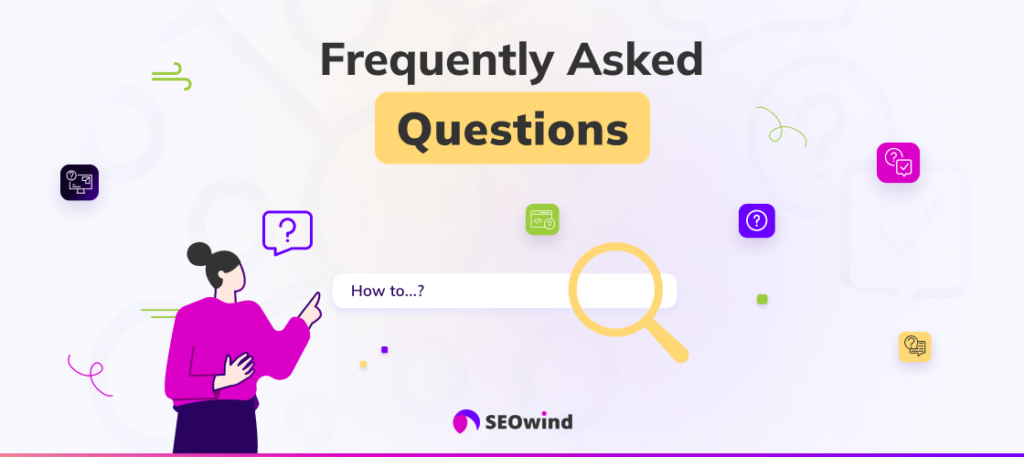
How do you scale a content strategy?
Scaling a content strategy requires a systematic approach that includes the following steps:
- Develop an overarching content marketing plan by identifying your target audience, objectives, and types of content.
- Create an editorial calendar to establish a consistent publishing schedule and ensure timely creation and distribution of various content formats (e.g., blog posts, infographics, videos).
- Set clear goals with key performance indicators (KPIs) to monitor progress continuously.
- Optimize workflows by automating routine tasks and utilizing tools such as AI writing assistants or project management solutions.
- Consider outsourcing or hiring additional resources to handle increasing content production demands.
- Regularly evaluate your results against predetermined KPIs and modify your strategies for continuous improvement.
Following these steps, you can successfully scale your content marketing efforts, achieve greater online visibility, and support business development outcomes.
How do you scale content creation?
Scaling content creation involves expanding the volume and variety of unique materials produced while maintaining efficiency. Here are some tips:
- Build a marketing team consisting of writers, editors, graphic designers, or videographers; consider hiring freelancers for specialized skills
- Leverage AI-powered tools that help generate ideas create outlines, or even draft initial versions of text-based works
- Use templates or style guides to streamline the creative phase while ensuring uniformity across all publications
- Batch similar projects together so creators can focus on producing multiple assets within one thematic area at once
- Identify reusable components which could be modified for different purposes without starting from scratch each time
- Highlight user-generated content as it provides original perspectives resonating with your audience
Adopting these methods will enable you to effectively increase productivity by turning out diverse materials.
How do you create content at scale?
Content creation at scale refers to generating high-quality digital media adhering to optimized strategies within demanding timelines. By implementing the following measures, you can produce sizable volumes of captivating content that serves your goals:
- Establish a well-planned content strategy to align resources, aims, and audiences
- Develop an editorial calendar as it enables seamless planning throughout the year while maintaining consistency in message delivery
- Incorporate AI-driven writing tools for idea generation and drafts, thereby saving time on repetitive tasks
- Cultivate a network of internal or external collaborators equipped with diverse skillsets so multiple projects can be tackled concurrently
- Implement project management solutions to track progress, assign roles, and set deadlines ensuring smooth completion
- Conduct regular analyses to review which assets are functioning optimally and adapt future materials accordingly
Incorporating these guidelines will facilitate growing your reach efficiently without compromising on quality.


